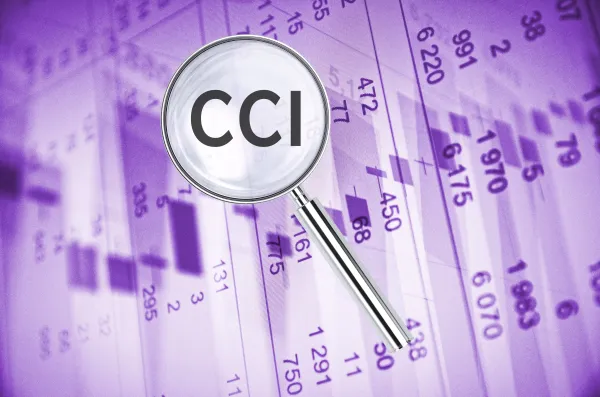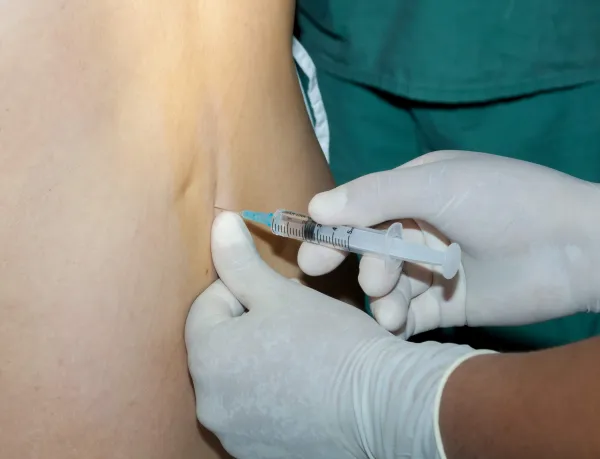Check Out How to Decipher CCI Modifier Indicator 1

Question: I was looking up Correct Coding Initiative (CCI) edits for 99221 and 99212, and I saw the edits have a modifier indicator of 1. What does this mean? California Subscriber Answer: Via CCI edits, you will see Procedure-to-Procedure (PTP) edits that indicate the CPT® and HCPCS code pairs you should normally not report together. According to the latest 2017 CCI edits, 99212 (Office or other outpatient visit for the evaluation and management of an established patient, which requires at least 2 of these 3 key components: a problem focused history; a problem focused examination; straightforward medical decision making ...) is a column 2 code for 99221 (Initial hospital care, per day, for the evaluation and management of a patient, which requires these 3 key components: a detailed or comprehensive history; a detailed or comprehensive examination; and medical decision making that is straightforward or of low complexity ...). This is where that modifier indicator comes in. Although PTP edits normally show which CPT® codes you should not report together, under some circumstances, you can use a modifier to override these edits. In this case, a modifier indicator of 1 means you can use a modifier to override the edit when appropriate. Caution: The documentation and clinical circumstances must always support your decision to use a modifier. Examples include separate sites or sessions for the services. Although modifier 25 (Significant, separately identifiable evaluation and management service by the same physician or other qualified health care professional on the same day of the procedure or other service) may be appropriate in this circumstance, you should never append a modifier just to bypass an edit. Payers may also have policies around billing for inpatient and outpatient services on the same day.




